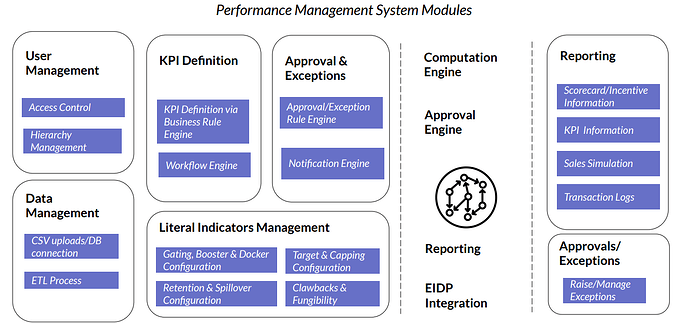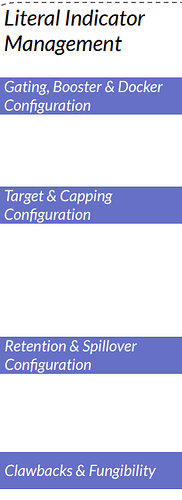What is PMS ( Performance Management System ) and what are its technical components?
PMS is performance management system. PMS consists of many entities. All these entities are related to each other in parent child relation.
It consists of multiple modules
1. User Management
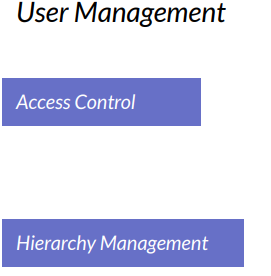
Access Control: Access Control Module allows different system access levels (Create, Read, Update, Delete) to different roles/users
Hierarchy Management : Hierarchy Management maintains the hierarchy starting from the root level till the last level with the hierarchy ID.
2. Data Management:

CSV uploads/DB connection : This allows the user to manage connectivity of transaction data with the system by defining the mode (CSV/Database) and frequency of update
ETL Process : Extract, Transform, Load module dynamically connects with the configurations,
extract the data and performs transformation on the data
3. KPI Definition:
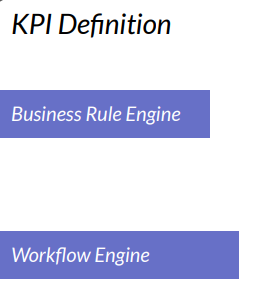
Business Rule Engine : Rule engine with easy to use interface which allows the user to add simple to complex business queries
Workflow Engine : Engine which allows sequential execution of tasks related to data load, eligibility, checks, computation and reporting
4. Approvals/Exceptions
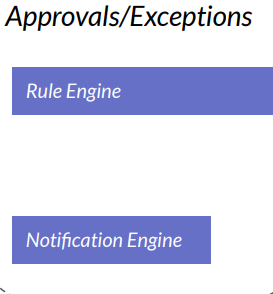
Rule Engine : Engine which allows the admin to define exception and approval flows in the system by defining conditions
Notification Engine : Notification engine notifies all actors (via SMS/Email/Push Notification) during the exception/approval flow (as defined by the admin)
5. Literal Indicator Management
Gating, Booster & Docker Configuration :
Conditional Business indicators for incentive computation.
a) Gating is the minimum requirement for incentive eligibility
b) Booster is the incentive multiplier in case of overachievement
c) Docker allows incentive deduction in case of negative actions by the payee
Target & Capping Configuration :
a) Target is the defined criteria (flat or slab-wise) for incentive calculation
b) Capping is the maximum incentive amount defined at role/user/group level
Retention & Spillover Configuration
a) Retention allows retaining a certain %age of incentive and carry it forward to
next period
b) Spillover allows carry forward option of target overachievement to next
period
Clawbacks
Clawback allows the user to deduct already paid out incentive to payee in
the next cycle
6. Approvals/ Exceptions
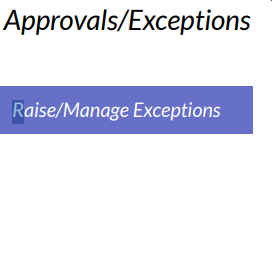
Raise/Manage Exceptions
Allows end user to raise exceptions, take action on requests and view exception logs
Technical Components of PMS
1. TALEND ETL : TL tool which is used to dynamically connect with the configurations, extract the data and performs transformation on the data and finally converts to JSON structure which is used for further processing .
2. WORKFLOW ENGINE : Workflow engine is used to run a series of recurring tasks that make up a ‘business process’ or a ‘workflow’.
In case of PMS, this workflow engine is scheduled daily at 4 AM which fetches the JSON Objects from the business DB for the configured Channel and Role Combination basis the Workflow and the process groups associated.
The Output of each process group is fed as an input to the next group and the process keeps on running sequentially until the workflow ends.
3. DOCKER : Workflow Engine is dockerised to install Python Dependencies and is platform independent
4. HIERARCHY : Hierarchy Component is used to maintain the hierarchy starting from the root level till the last level with the hierarchy ID.
5. RECONCILIATION ENGINE : Reconciliation Engine is used to compare the Output of the Execution with that of the manual process being provided by client. NIME is used for the Recon purpose. The comparison will take place at stages i.e. Output of ETL, comparison of KRA Score, comparison of Incentive payout
6. DATA ENRICHMENT ENGINE : Data Enrichment Engine is used to enrich the raw JSON for business logic computations and finally arrive at Incentive Payouts and values of literal Indicators i.e. Kicker, Docker, Booster. The enrichment process takes place sequentially with output of previous step being the input for the next step of execution.
7. SCORECARD ENGINE : Scorecard Engine is used to calculate the final score basis the slabs configured
8. VCONNECT : Middle ware Vconnect is used to connect the front end with the back end with the help of API and Services.
9. REPORTING MANAGER : To be Used
10. EMAIL : This component is used to send the Email for any Exceptions/Success status
11. SMS ENGINE : To be used
12. LDAP AUTHENTICATION : To be used
